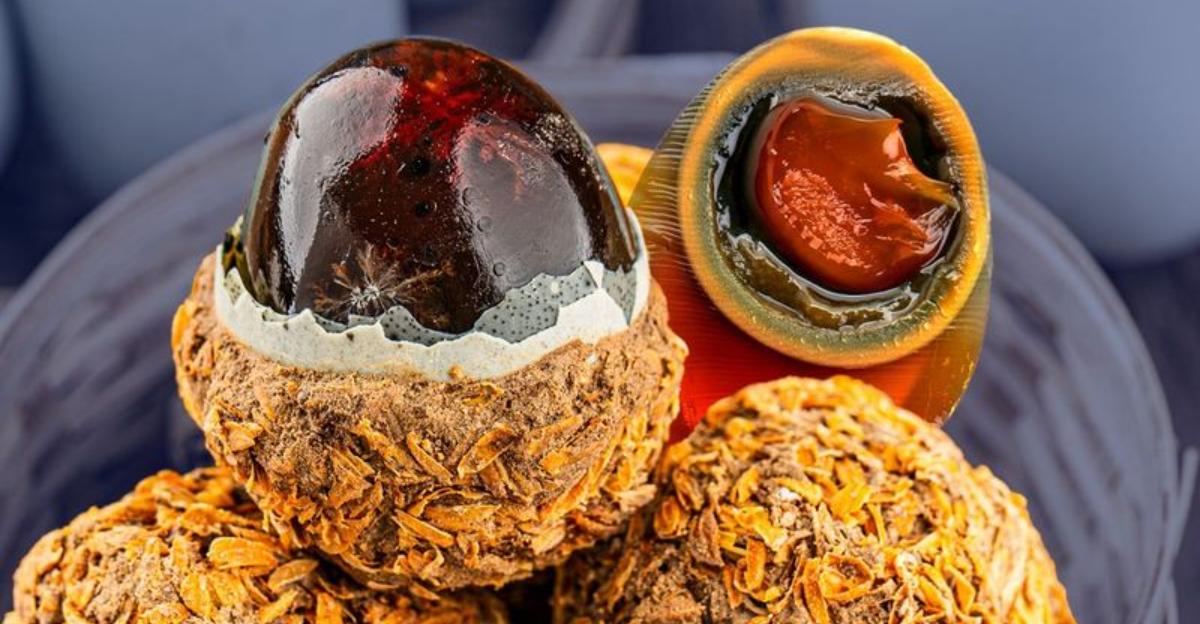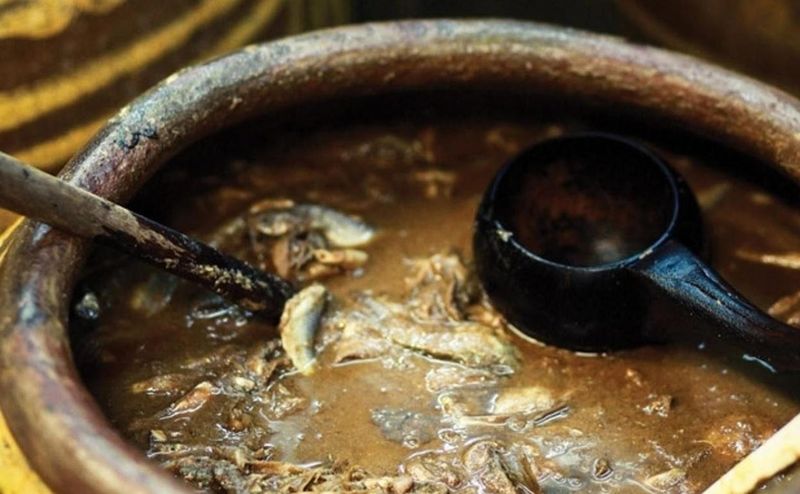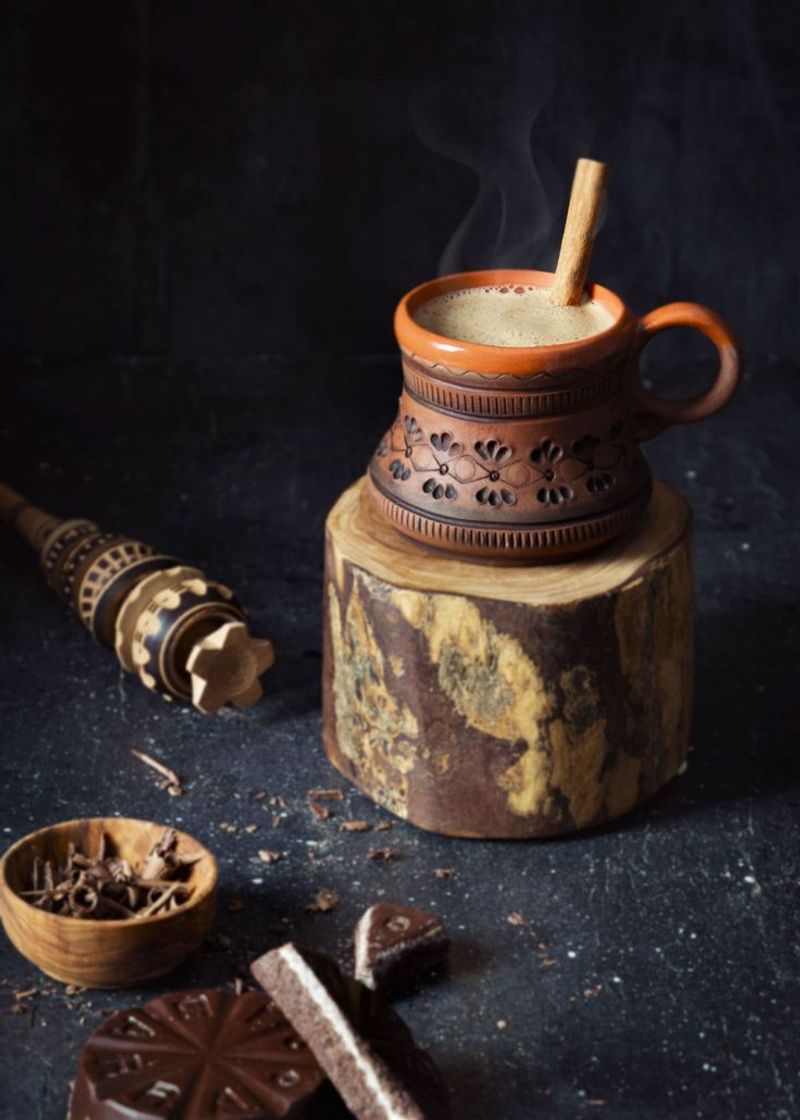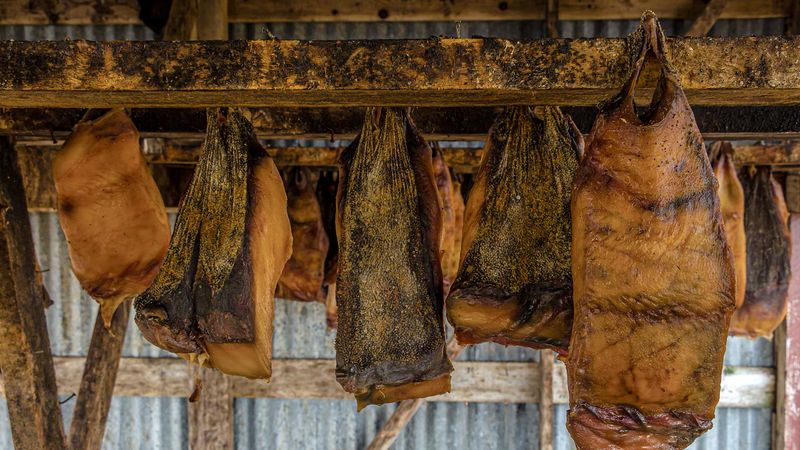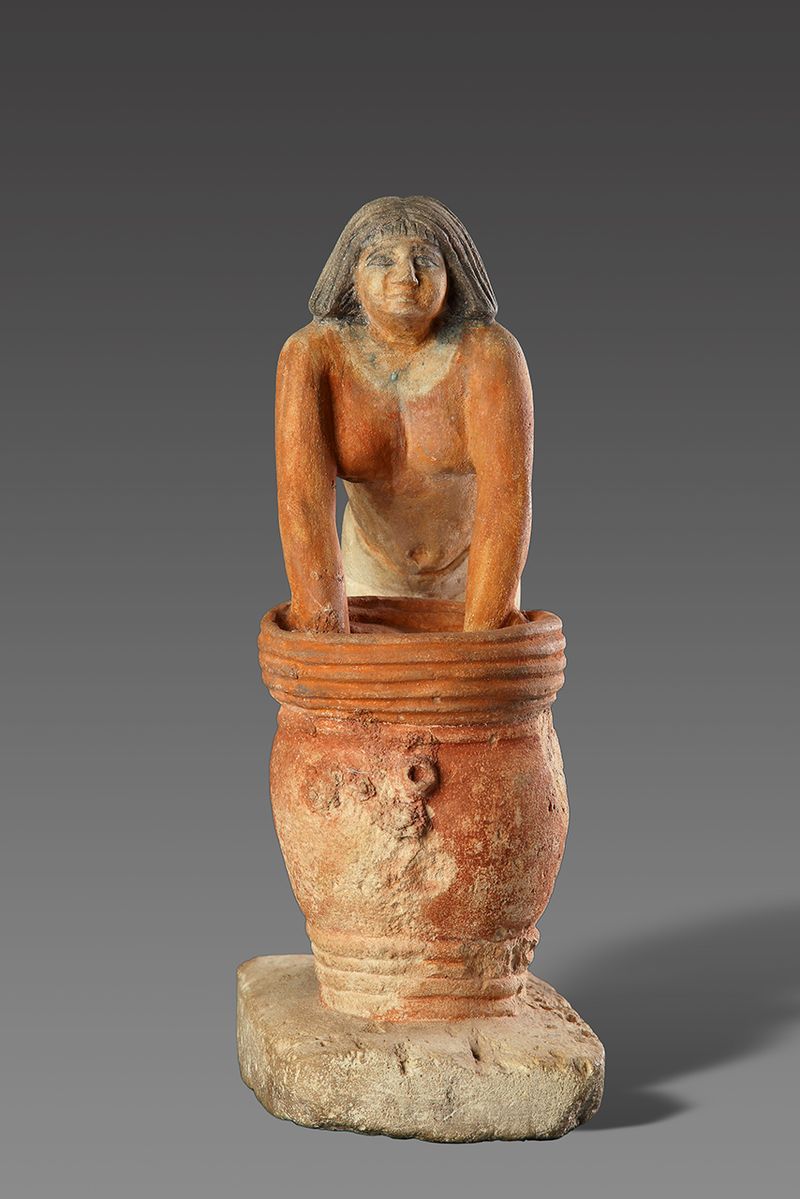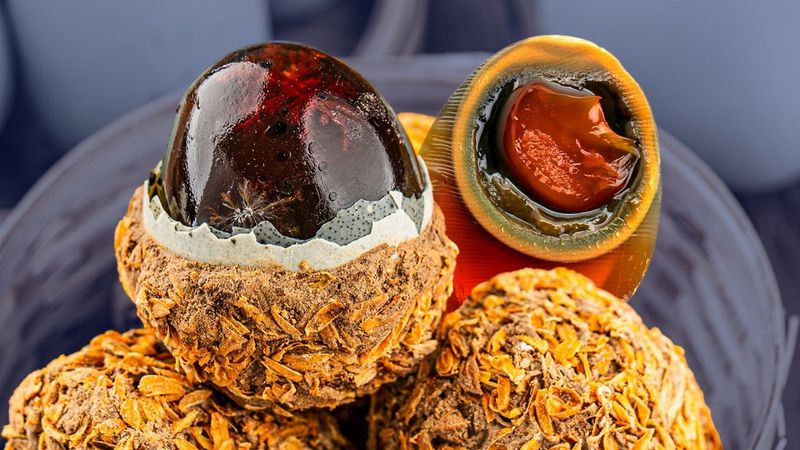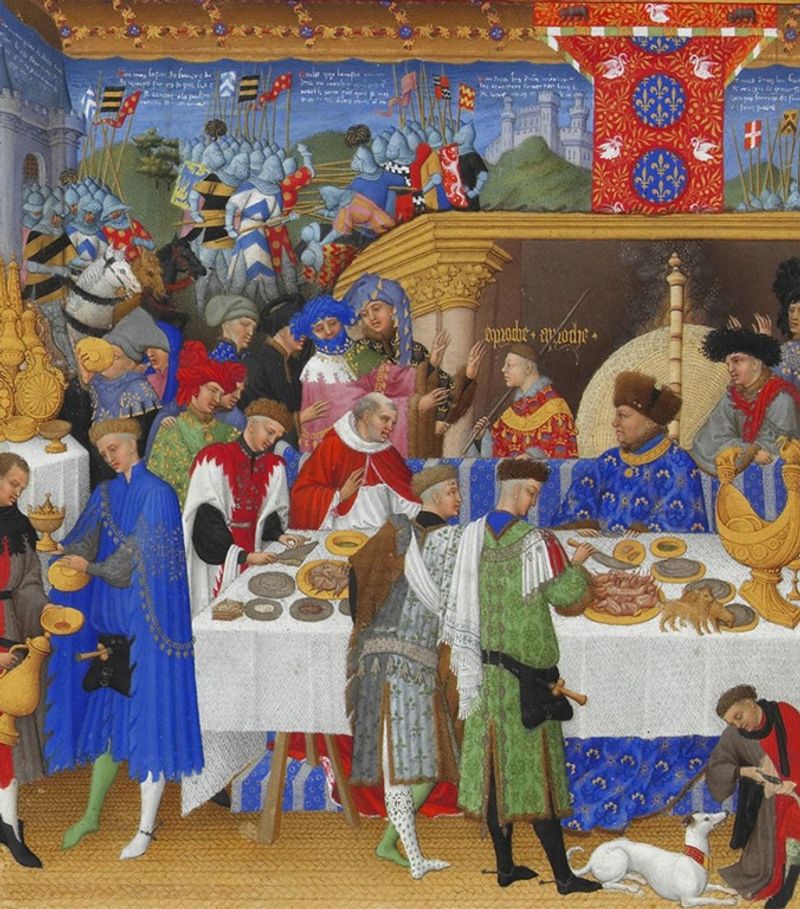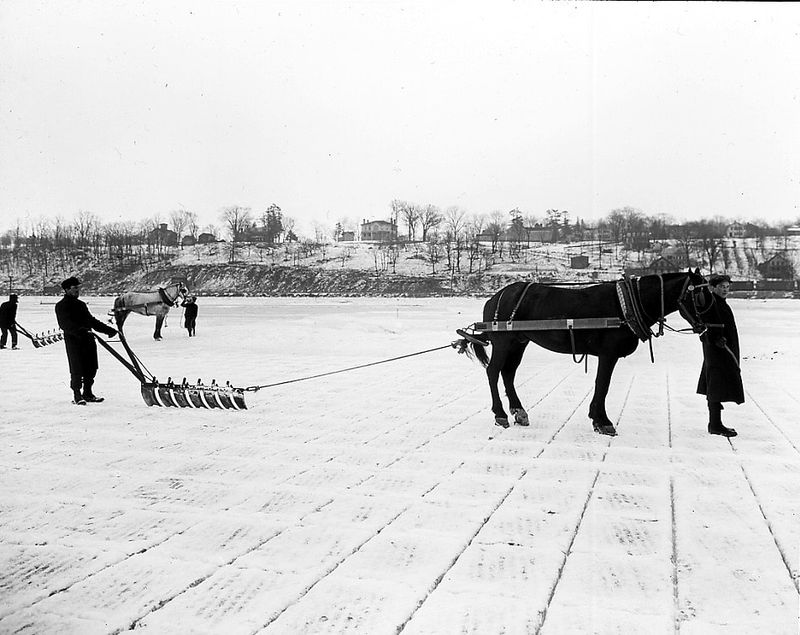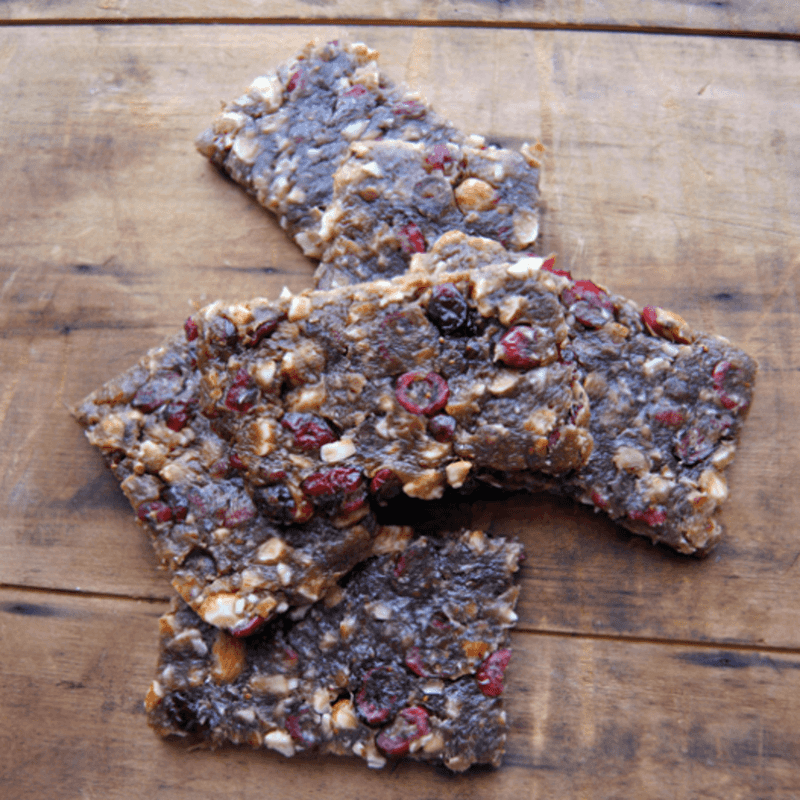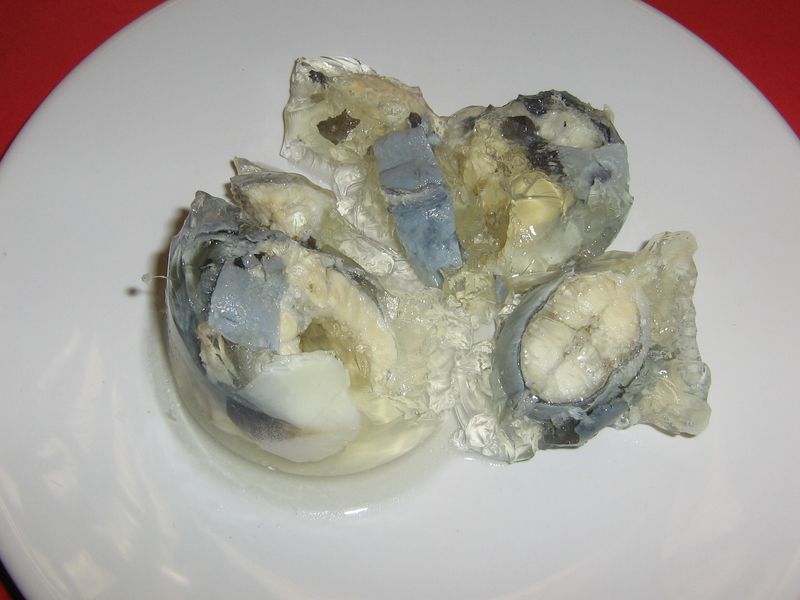Food and drink have always been central to human culture, with fascinating methods of preparation reflecting the ingenuity and creativity of societies throughout history. From the Romans’ fermented fish sauce to the Aztecs’ frothy chocolate drink, these culinary practices not only provided sustenance but also offered a glimpse into the social and cultural fabric of the past. Here are ten intriguing ways food and drink were prepared in years gone by, each with its own unique story and flavor.
1. Roman Garum – The Ultimate Fish Sauce
In ancient Rome, garum was more than a condiment; it was a culinary staple. Picture a bustling Roman kitchen where fish guts and salt were methodically layered in large vats. Left to the mercy of the sun for months, the concoction fermented into a potent liquid. Rich in umami, it was poured on everything from meats to sweet desserts. The aroma was pungent, the taste unforgettable. So beloved, it became a symbol of Roman gastronomy, reflecting their adventurous palate and the empire’s vast trade networks.
2. Medieval Black Bread – Hard as a Weapon
Medieval black bread, a staple for peasants, was crafted from rye, barley, and even acorns. Its dense texture meant it could serve as a trencher, a makeshift plate, before being softened by broth. For some, this bread was so hard it could literally be weaponized. Despite its toughness, it was a crucial source of nutrition, embodying the resilience and resourcefulness of medieval European communities.
3. Aztec Froth Drink – Chocolate with a Kick
In the vibrant world of the Aztecs, chocolate was not just sweet indulgence but a frothy, spicy ritual. Known as xocolātl, this drink blended cacao with chili, vanilla, and sometimes hallucinogenic mushrooms. The preparation was an art, with the liquid poured from great heights to achieve the perfect foam. Reserved for nobility and warriors, it symbolized power and luxury, offering a taste of the divine in every sip. Today, it stands as a testament to the Aztecs’ innovative spirit and complex flavors.
4. Viking “Hákarl” – Rotten Shark Delicacy
In the icy grip of the Viking age, survival required creativity. Enter hákarl, made by burying Greenland shark meat in sand to ferment. After months, this delicacy emerged, its strong ammonia scent challenging even the bravest. Yet, its flavor was a prized taste of the sea, akin to a bold blue cheese. Consumed during feasts, it showcased the Vikings’ ability to harness nature’s raw elements, turning the harshest conditions into a celebration of resilience and resourcefulness.
5. Ancient Egyptian Beer – Liquid Bread
Beer, the lifeblood of ancient Egypt, was more than a drink. It was nourishment, currency, and community. Made from fermented bread dough, it resembled a thick, nutritious porridge. This ‘liquid bread’ provided essential sustenance to workers building monumental structures like the pyramids. Often paid in beer, these laborers found a sense of camaraderie in shared mugs. The presence of beer in tombs signifies its importance in both life and the afterlife, showcasing its role as a staple and symbol of ancient Egyptian life.
6. Chinese “Century Eggs” – Preserved in Time
Century eggs, cloaked in mystery and tradition, are a culinary marvel. Coated in clay, ash, and lime, these duck eggs transform over weeks into a delicacy with a creamy green yolk and jelly-like dark white. Despite their unusual appearance, they are celebrated for their rich flavors and textures. A staple in Chinese cuisine, they are a testament to time-honored preservation techniques, offering a taste that echoes the past and a glimpse into the creativity of Chinese culinary innovation.
7. Medieval “Mock Meat” – Fake Meat for Lent
In times of Lent, medieval chefs turned abstinence into an art form with “mock meat.” Using fish, almonds, or breadcrumbs, they crafted dishes that mimicked roasts, chickens, and even bacon. Ingenious recipes even used fruit juice to replicate blood. This culinary creativity satisfied both spiritual and physical hunger, reflecting the adaptability of medieval society. The ingenuity of these dishes showcases a period where faith and gastronomy intertwined, allowing for indulgence without compromise.
8. Ice Harvesting – Before Refrigeration
Before electric refrigeration, ice was a precious resource. In the 19th century, workers carved blocks from frozen lakes, storing them in ice houses insulated with sawdust. This labor-intensive process enabled the storage of fresh food year-round. The ice trade even reached far shores, shipping New England ice to places as distant as India. This practice illuminates a time when human ingenuity met nature’s challenges, bridging the gap between seasons and continents.
9. Pemmican – The Ultimate Survival Food
Pemmican, the original power bar, was essential for survival in North America. Indigenous peoples combined dried meat, fat, and berries into a paste that could last for years. This high-energy food sustained explorers and traders on long journeys, proving invaluable during harsh winters. Its simplicity and efficacy highlight the deep knowledge native cultures had of their environment. Pemmican symbolizes endurance and adaptability, offering a taste of history with each bite.
10. Victorian Jellied Eels – London Street Food
In the heart of Victorian London, jellied eels were a culinary staple. Boiled in spiced broth until their natural gelatin set, they cooled into a savory jelly. This affordable dish was favored by the working class, providing nourishment in bustling street markets. Its popularity transcended classes, becoming an iconic part of London’s food history. Jellied eels reflect the city’s vibrant street food culture and the Victorian era’s ingenuity in making the most of available resources.
